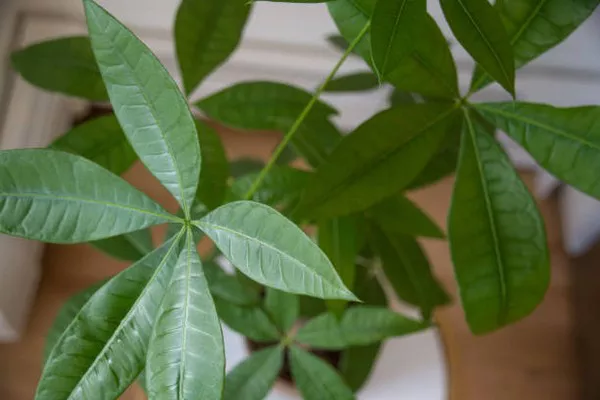The unintended spread of plant species to foreign habitats has long been a concern due to its ecological and economic repercussions. Now, an international research team led by ETH Zurich has conducted a pioneering study that assesses the vulnerability of various regions to non-native tree invasions. Published in the journal Nature, the research combines human activities and ecological factors to comprehend the drivers behind the occurrence and severity of tree invasions worldwide.
The study uncovers that the proximity to human activities, particularly maritime ports, significantly influences the likelihood of invasive species establishment. Ports, acting as conduits for international trade, introduce plant material from various parts of the world, intensifying colonization pressures in these high-human-activity regions. Consequently, forests situated close to ports face a higher risk of invasive tree species infestation.
However, the severity of invasions is determined by ecological factors, with native biodiversity emerging as a strong buffer against intense invasions. In diverse forests where native species occupy most niches, the capacity for non-native tree species to establish and spread is constrained.
The ecological strategy adopted by the invading species also plays a pivotal role in determining the types of trees that can successfully invade specific regions. In regions characterized by harsh conditions such as extreme cold or aridity, non-native species must exhibit functional similarity to native counterparts to endure such extreme environments. In contrast, moderate conditions necessitate functional dissimilarity to native species, allowing non-native trees to occupy distinct niches and reduce intense competition for vital resources like light, space, nutrients, and water.
The study underscores the role of native tree diversity in curbing the severity of invasions. Lead author Camille Delavaux explains, “We found that native biodiversity can limit the severity or intensity of non-native tree species invasions worldwide. This means that the extent of invasion can be mitigated by promoting greater native tree diversity.”
These findings hold significant implications for global biodiversity conservation initiatives. The research aids in formulating effective strategies to protect biodiversity by identifying vulnerable regions susceptible to invasions. It aligns with the objectives outlined in the global biodiversity framework adopted at COP 15 in Montreal in 2022, which emphasizes preventing the spread of invasive species. The study contributes to the broader efforts of the Intergovernmental Science-Policy Platform on Biodiversity and Ecosystem Services (IPBES) by shedding light on the extensive impact of invasive species on biodiversity loss.
By providing a global perspective on non-native tree distributions, the study empowers countries to prioritize decisions aimed at curbing biodiversity loss. Professor Thomas Crowther from ETH Zurich commended the cooperation of researchers worldwide, acknowledging their contributions to the comprehensive global analysis of non-native tree species distributions.


